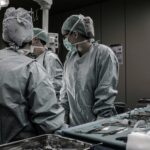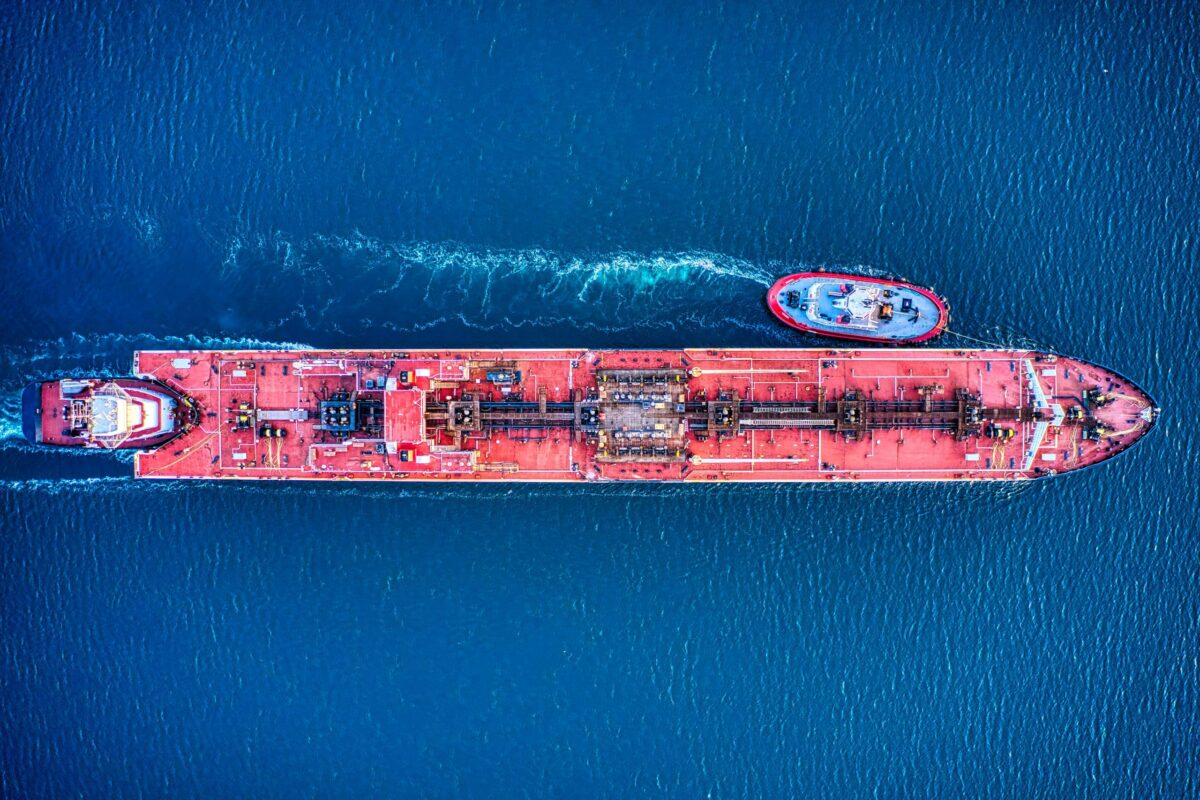Energy security used to be an afterthought in Central and Eastern Europe. Natural gas? Russia provided it. Oil? Again, mainly Russian. Decades of deals locked nations into what seemed like a stable arrangement—until it wasn’t.
Today, the region faces a turning point. They can scramble merely to replace one supplier with another, or they can seize this moment of reinvention. If they choose the latter, there’s fresh ground to be broken, fresh jobs to be created, and a fresh identity to be forged.
Consider Poland. Not too long ago, Poland was heavily tied to Russian gas. A single disruption could’ve left factories idle and homes shivering. Then came the Swinoujscie LNG terminal on the Baltic coast. The terminal, which took its first deliveries in 2015, isn’t just a piece of concrete on the shoreline; it’s a symbol of foresight and new ambition.
By opening the door to imports from Qatar, the United States, and other exporters, Poland cut its reliance on a single source (between 2014 and 2021, it reduced gas imports from Russia by 14 per cent and, in the first quarter of 2023, ended them completely).
Today, Poland is setting an example: you don’t wait for an emergency to plan for your future. You carve your own path.
Independence is in the name
Look at Lithuania. This small nation was once at the mercy of Russian pipeline gas. Then in 2014 it launched the ‘Independence’, a floating LNG terminal docked at Klaipėda.
The name says it all. By investing in that facility, Lithuania showed the region how to think big and act with sharp thinking. Suddenly, it wasn’t just about avoiding supply blackmail; it was about creating a pipeline of opportunity.
Now Lithuania can sell excess gas to neighbours, serve as an energy hub, and strengthen its own economic base. Real execution meets real impact. On February 8, the power grid operators of Estonia, Latvia and Lithuania decoupled from the Soviet-era joint BRELL power grid with Russia and Belarus.
Meanwhile, Romania is tapping into its offshore gas fields in the Black Sea. The initiative has had its share of technical, environmental, and regulatory hurdles, but it illustrates a broader point: this region holds untapped resources and unrealized potential.
By looking to pump domestic gas, Romania isn’t simply blocking out Russian influence. It’s laying the groundwork for local industries to flourish—chemical plants, manufacturing clusters, engineering hubs that can sprout up around an assured supply of energy. That’s not just about security. That’s about fuelilng entire value chains.
A broader shift
These examples are part of a broader shift taking shape across Central and Eastern Europe. Yes, there’s a rush to protect national interests. But in boardrooms and cabinet meetings, there’s also a new mindset emerging: decoupling from Russian energy can become a strategic advantage.
Pipelines from Norway, LNG imports from overseas, and regional interconnectors are only the start. Countries want to diversify sources, but they also want to spark their own energy transitions and attract foreign investors who prefer stable, predictable energy policies.
Think about the ripple effects. A stable energy supply means manufacturers can plan expansions without worrying about interruptions. It means new players can enter the energy market—renewables, hydrogen projects, and innovative storage solutions—knowing they won’t be overshadowed by monolithic, politically influenced suppliers.
For example, Estonia is exploring digital control systems that make the energy grid smarter and more responsive to changing demands. That might sound small, but it’s huge if you consider how a modernised grid can incorporate wind power from the Baltic Sea or solar farms in rural areas.
Integrating these sources leads to big ideas with real execution: the rise of green tech clusters, start-ups working on storage breakthroughs, and local talent stepping into the new energy economy.
What’s the long-term payoff?
What about the cost? Critics point to the initial price tag of building new terminals and upgrading infrastructure. But this is where strategy comes into play. Every capital project should be evaluated with a clear lens: What’s the long-term payoff?
If a country invests in an LNG terminal today, in a few years, that terminal might pay for itself through transit fees, job creation, and stable supply lines that keep local industries productive.
The same logic applies to cross-border pipeline projects. Hungary, for instance, can receive gas from Croatia’s LNG terminal on the Adriatic, turning old routes into new lifelines. The near-term expense can open doors to lasting economic gain.
Another angle is the opportunity for cross-border collaboration. When multiple countries connect their grids and pipelines, they build resilience against any single player exerting outsized influence. The Three Seas Initiative, spanning the area between the Baltic, Adriatic, and Black Seas, has shown promise in uniting regional infrastructure projects. It’s not just a talking shop; it’s a forum for concrete plans that can fast-track railways, highways, and energy routes.
We see this in action with the planned interconnector between Bulgaria and Greece, which brings Azerbaijani gas northward. That’s economic diplomacy translated into pipes, turbines, and actual flows of molecules—not just memoranda on fancy paper.
A cleaner energy mix
This regional realignment also paves the way for a cleaner energy mix. Natural gas is a step away from coal, but it’s still a fossil fuel. As more LNG terminals and pipelines get built, the next chapter is to fill them with greener alternatives—renewable gas, green hydrogen, or bio-based fuels.
If governments and companies coordinate now, they can design terminals that can eventually handle multiple types of imports. That’s foresight in action: building infrastructure that’s flexible enough to adapt to tomorrow’s demands.
For Central and Eastern Europe, the outcome is more than just a pivot away from one supplier. It’s the forging of a new reputation—one built on self-reliance and nimble strategy. Restarting Russian pipeline sales—allegedly being considered as part of a Ukraine peace deal—must not be an option.
Industries can grow without the looming threat of a political standoff shutting off the gas. Investors can see the region as a place for stable returns, not just cheap labour. And local businesses can flourish in fields that barely existed a decade ago: advanced engineering, grid management, and renewable energy integration.
The biggest shift of all? Countries that once took orders for their energy are starting to give them instead, shaping their own destinies.
Momentum
Yet with any big opportunity comes big responsibility. Decoupling shouldn’t become a knee-jerk reaction that leads to hasty deals or environmental damage. Nations must weigh their choices.
Is a new pipeline truly in the country’s interest, or does it just replicate old dependencies under a different name? Can an LNG terminal accommodate greener fuels ten years down the line, or will it become a stranded asset? Sharp thinking and careful cost-benefit analysis are vital if the region is to avoid stumbling into the next crisis.
There’s momentum now, and it’s visible in the hustle of engineering firms, the negotiations between governments, and the changing map of energy routes. Central and Eastern Europe can, with the right strategy, turn an act of self-preservation into a catalyst for broader renewal. That means jobs, new technologies, and a fresh sense of purpose.
This isn’t just a story of security anymore. It’s an economic story, an innovation story, and a political story wrapped together.
Decoupling from Russian energy is a step. What comes after is the real challenge—and the real opportunity. If countries in the region commit to thinking ahead, investing wisely, and collaborating across borders, they’ll do more than just shrug off a decades-old dependency.
They’ll redefine themselves as drivers of Europe’s future, crafting a narrative of reinvention that resonates far beyond their own borders. That’s impact. That’s forward-looking. That’s reinvention in action.
Photo by Venti Views on Unsplash.







